Mid-Summer Container Tweaks and Hacks
Mid-Summer Container Tweaks and Hacks
The pots and boxes that Cape Cod gardeners fill in May often take on a life of their own as the summer goes on. Some plants grow gangbusters, to the point of overwhelming others in the same container. Other plants may slow down their flower production, or be producing flowers at the ends of their stems. And just about everyone has experience a “drat!” moment when they realize that their container has dried up when their attention was elsewhere for a few short days. In all of these situations, there are tweaks, hacks and improvements that can be made. Here are some 5 tips for enhancing your containers in mid-summer.
1 Fertilize
If you didn’t mix a time-release fertilizer into the potting soil, and haven’t used a liquid fertilizer yet this summer, it’s time to do so. Be sure to water your containers very well, and let that moisture saturate the rootball and hydrate the plants for at least three hours. Then mix a synthetic fertilizer according to directions, and apply. Synthetic fertilizers are instantly available to plants, which is why you’d want such a product for your plants at this time of year. Fertilize again in early and mid August.
Never apply a synthetic fertilizer to dry soil or a thirsty plant. Do not mix a synthetic product too strong. If you have some time-release fertilizer available, you can put a couple of tablespoons of this on top of the potting mix in your containers.
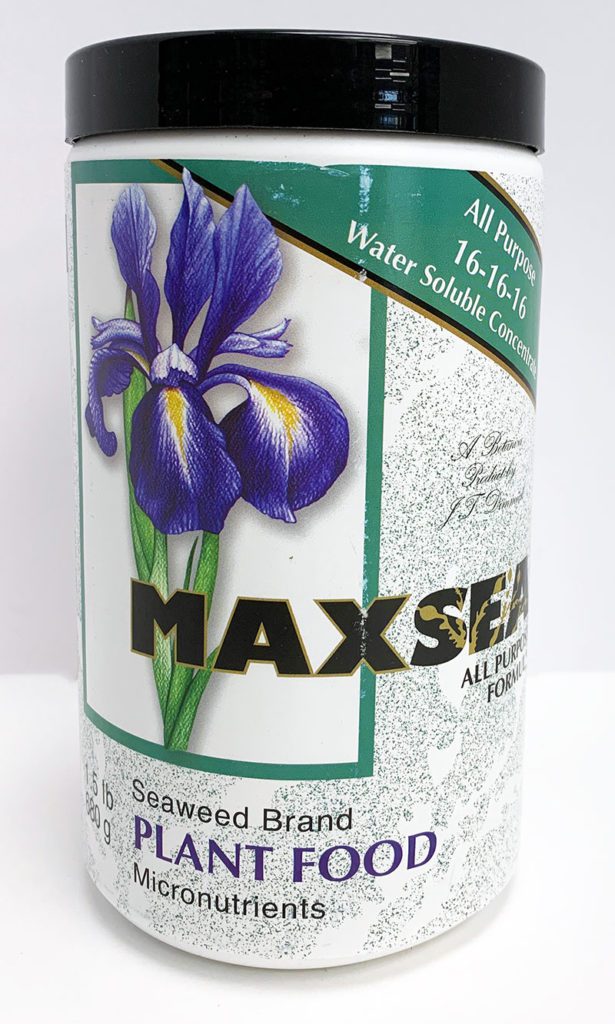
2 Trim Overly Enthusiastic Plants
There are some plants that become over-achievers in our containers. If these plants look wonderful, and you love the container, then leave well enough alone. But if they dominate the pot or box in a not-too-attractive way, by all means thin them out. This may be necessary with some sweet potato vines, for example. Start by clipping off a few stems that are smothering other plants. Go slowly and pause after each stem removal to look at the container and see if you’ve removed enough. You can always go back in a few days and trim some more, but once you’ve got off the pieces, you can’t reattach them to the plant.
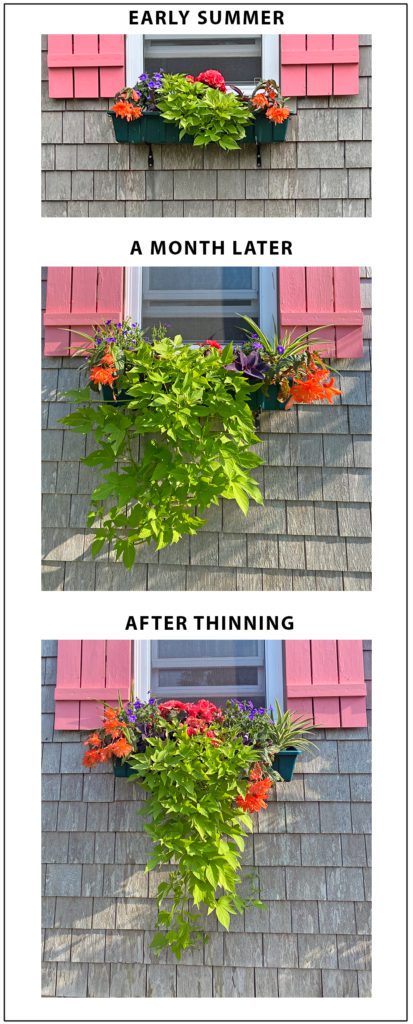
3 Add Ornaments To Pots and Boxes
If your containers have suffered because they’ve dried out, or if a cool-weather plant has stopped flowering because of the heat, one solution is to add something to that arrangement that draws the eye away from the problem. You might use allium seed heads, a decorative obelisk or trellis, large sea shells, vintage watering cans, or sculptures. This can be creative and fun.
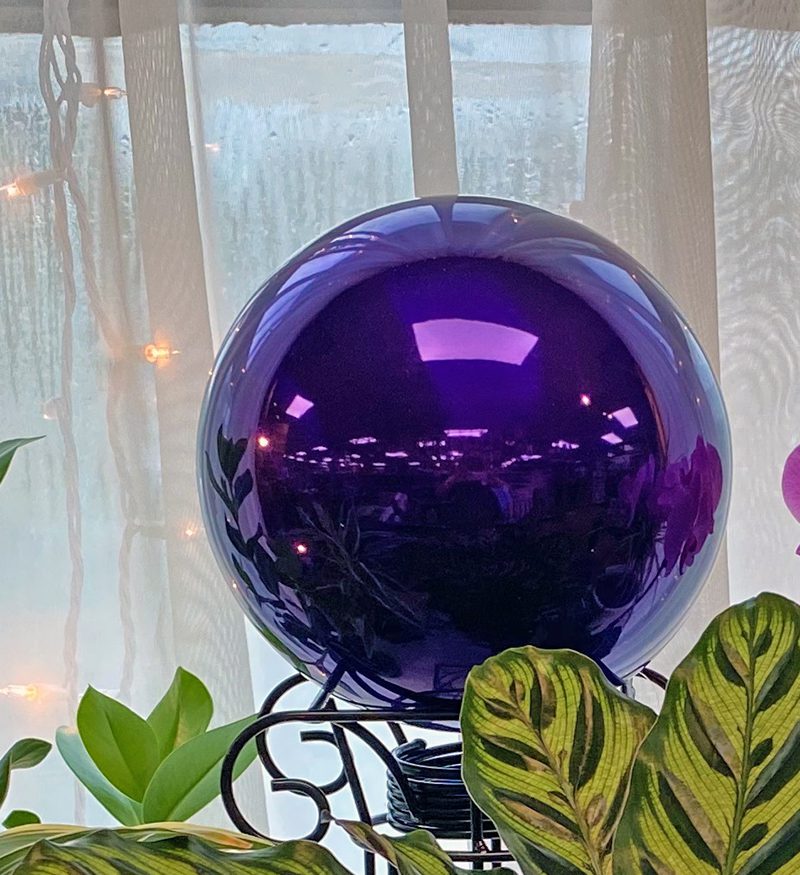
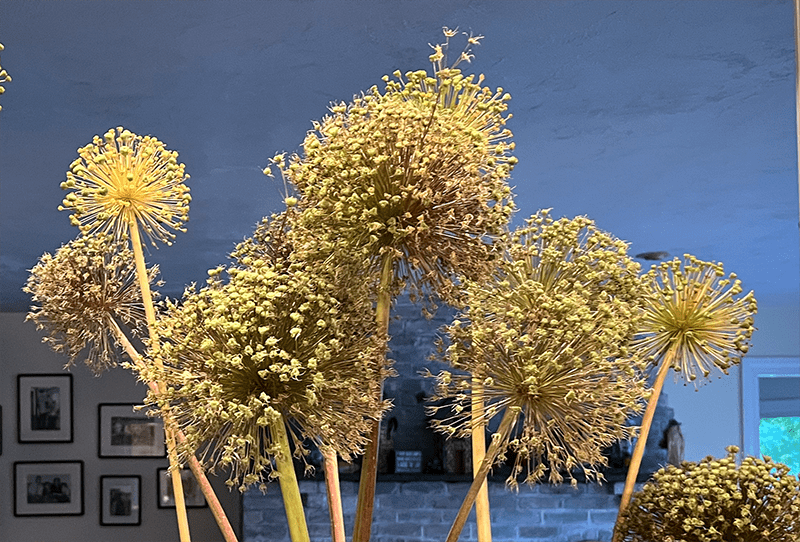
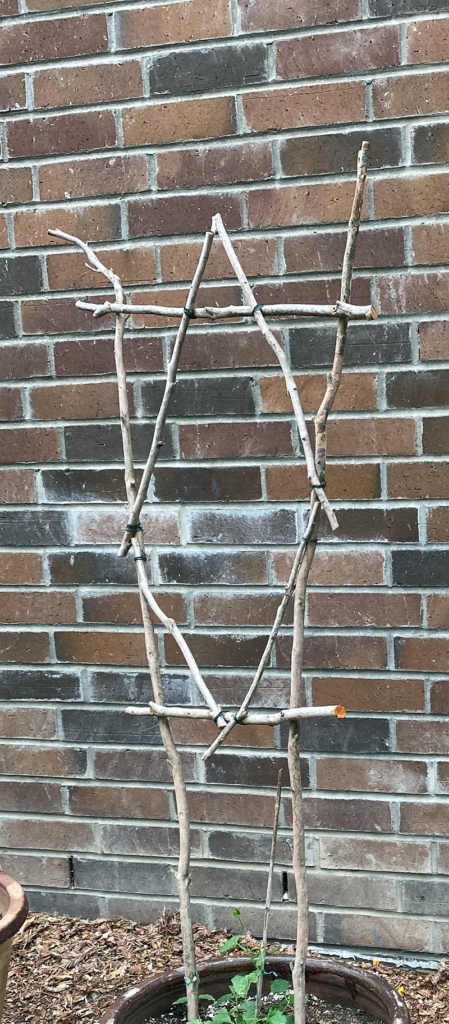
4 Add New Plants
If some of your plants are doing well but you’ve got a blank space in your container because other plants died, don’t hesitate to remove the problem plant and stick in something new. Just use a trowel to not only lift the dead plant out, but create a hole for the new one to be tucked in. Water well after planting and fertilize as described above.
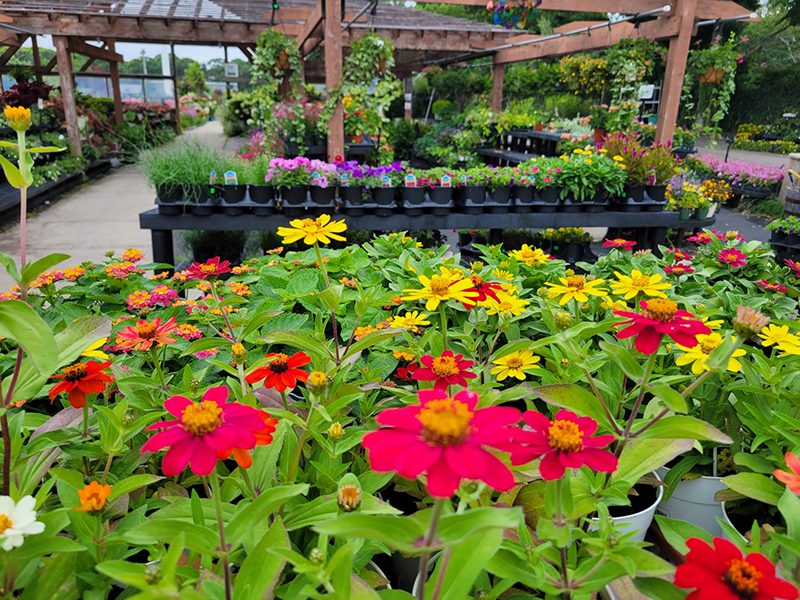
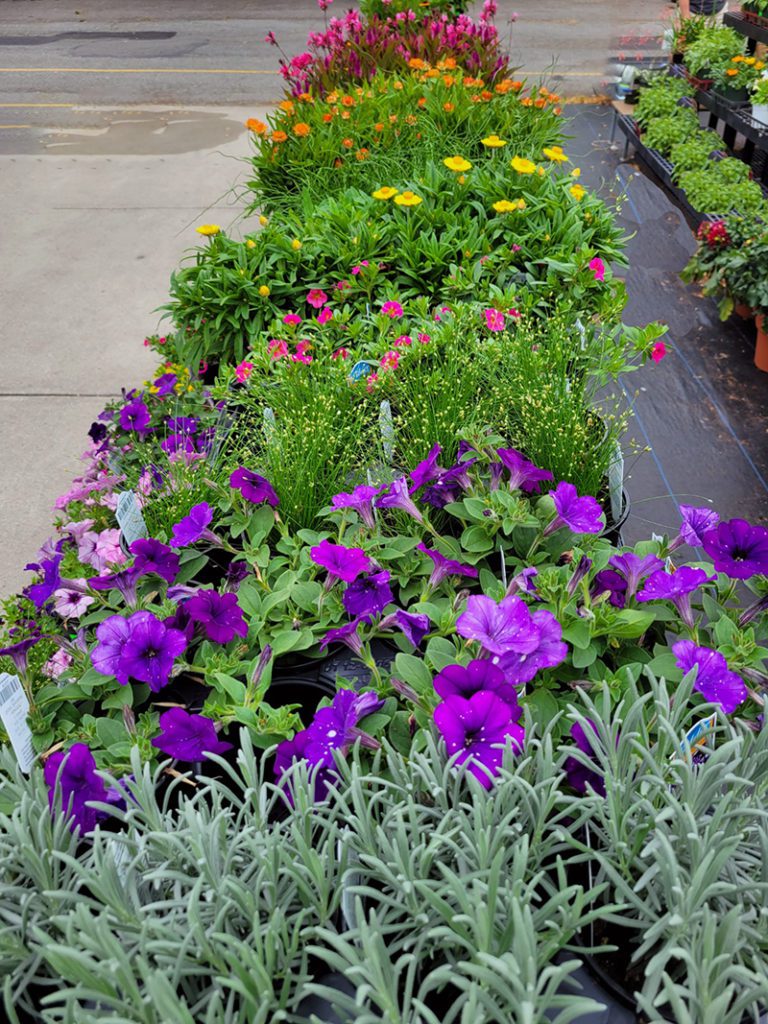
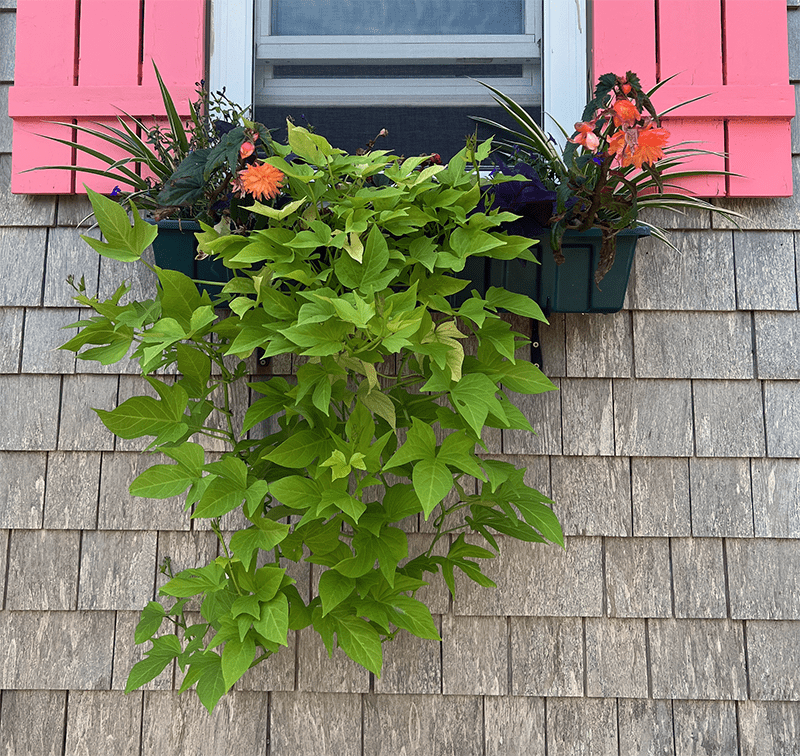
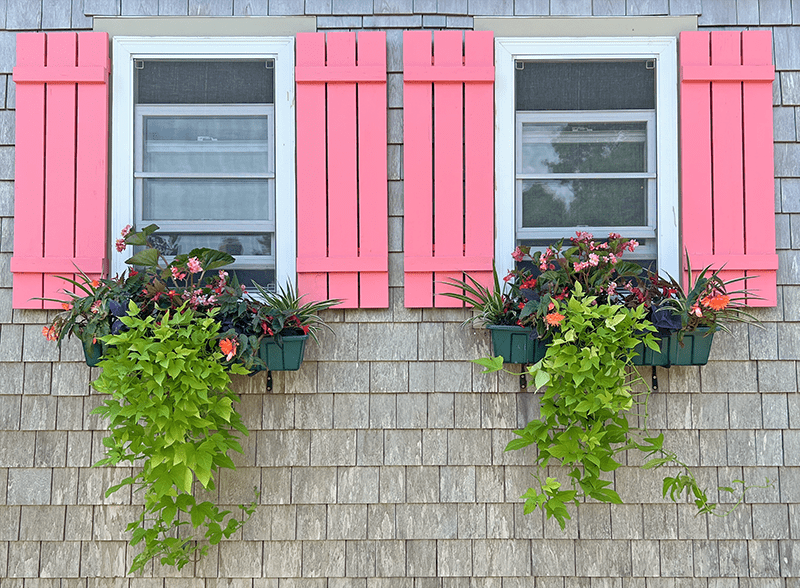
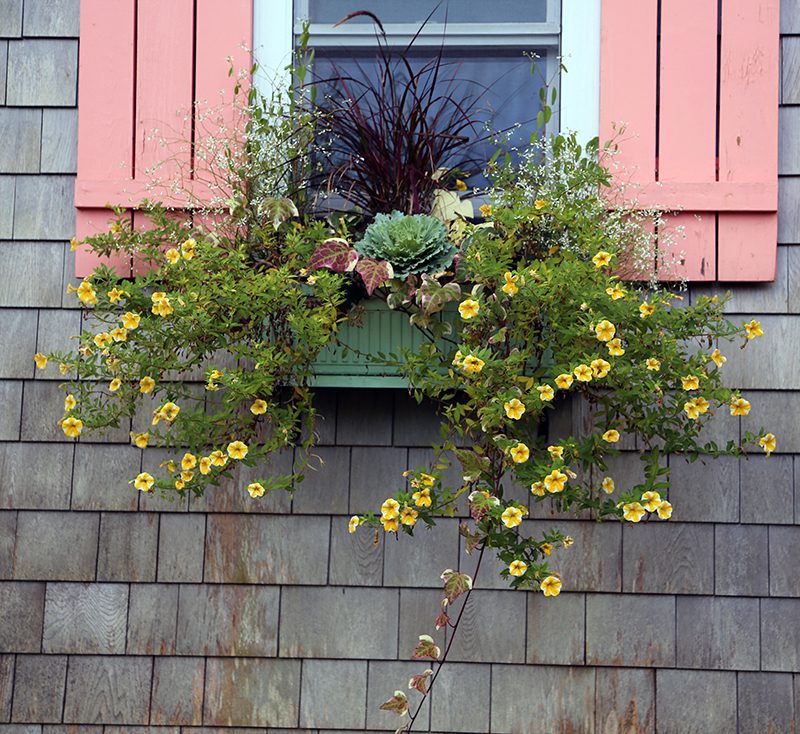
5 Live With What Has Grown
Sometimes we don’t expect our annuals to grow so large. We might have wanted the container to look a bit differently, but there are times to roll with what we’ve got, right? You might have discovered what not to plant in your pots and boxes next year…but you might have found just the annual for placing among your perennials in the flower garden. Gardening is always an adventure, and we’re always called upon to be flexible.

Subscribe To Our Newsletter
Sign up for our weekly email about sales and events.
